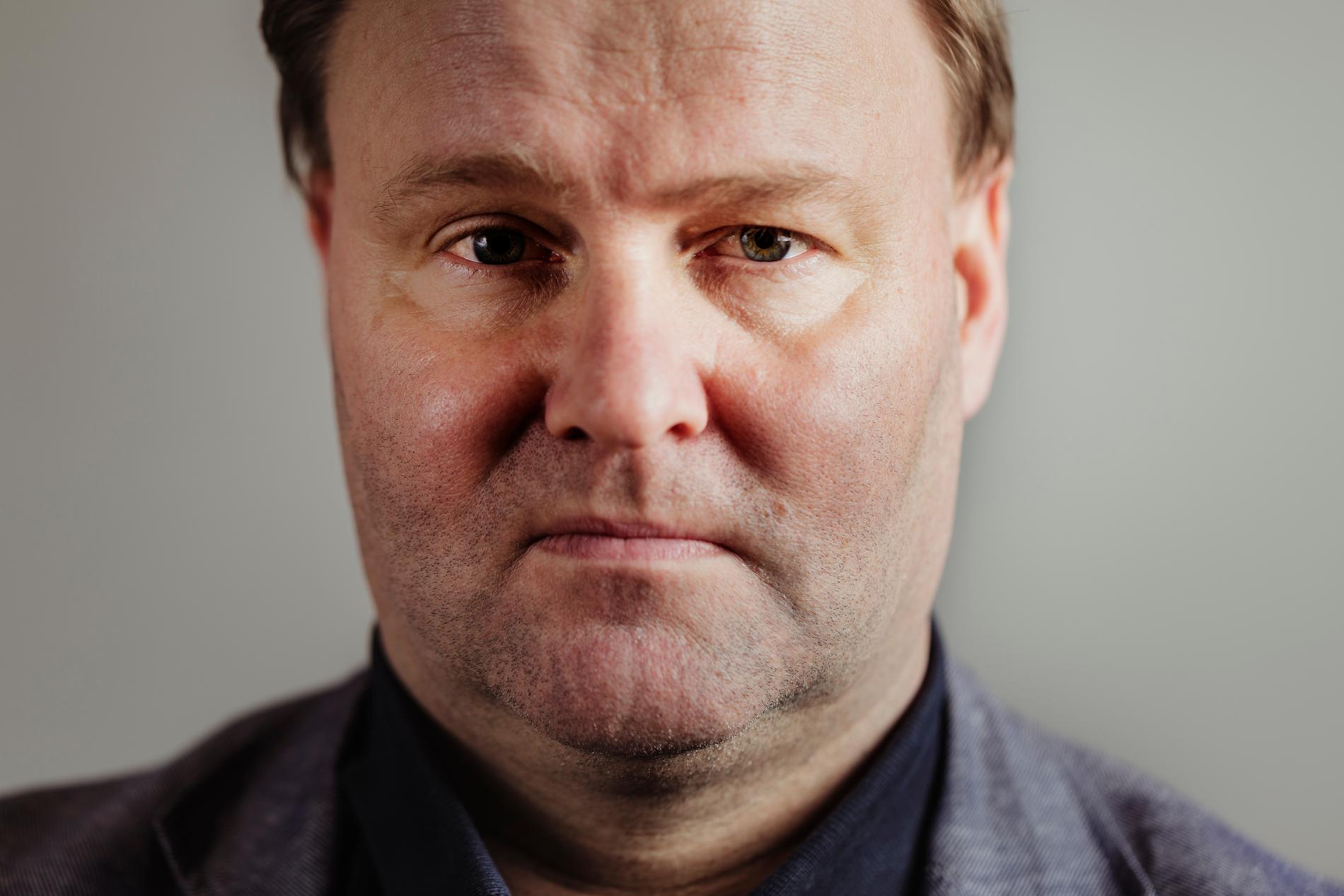If the omikron wave grows, Espen Nakstad fears that there are no measures in place that are effective enough to reverse the trend of infection.
–
Despite strict infection control measures, the omicron infection doubles every 3-5. day in some countries. At the same time, a record number of corona patients have been admitted to hospitals in this country. At the time of writing, 106 of 331 admitted corona patients are in the intensive care unit. 58 of these are connected to a respirator.
Currently, no patients in Norway are admitted with the omicron variant. According to the assistant health director, Espen Nakstad, however, it is only a matter of time before the omicron infection will hit the hospital numbers.
– If this causes something close to the same morbidity as with delta infection, it goes without saying that we can quickly get into a very difficult situation, he says to VG.
November 23 became the omikron variant first discovered in South Africa. Just over a week later, on December 1, became the first omikron cases discovered in Norway.
Infection rates were rising in Norway even before the omicron variant was discovered in South Africa. But in recent weeks, several infection records have been set, and the infection rates have never been higher in the country – despite the fact that almost 72 percent of the country’s population is fully vaccinated.
This is probably due to the fact that the vaccines appear to be less effective in preventing infection with the omicron variant, but they should still provide good protection against serious disease outbreaks.
At the same time, a record number of infected people means that the number who are admitted, and how many need intensive care, is also increasing.
The number of inpatients and patients in intensive care is now back at peaks comparable to the previous peaks in March 2020 and in April 2021. And the number of deaths also now represents a peak on the graph, but the records that were set early in this peak may have been due to post-registration.
Concerned about the increase in infection
Nakstad says that he is concerned that there are no measures in place that are effective enough to reverse the infection trend if we get a rapid spread of the omicron variant.
– Therefore, we have asked FHI to assess the effect of various infection control measures in meeting the omicron variant, and we work with other actors to update our advice to the government on how we can best meet increasing omicron infection in Norway, he says.
FHI chief physician Preben Aavitsland says TV 2 that although the disease picture in omicron infection appears to be milder, the enormous spread of the mutation will erode the country’s hospitals. He fears that a large wave of infections is about to wash inland.
– It seems that the vaccines protect less against the omicron variant, but the protection against serious illness is probably preserved. But the protection against becoming infected and passing on the disease is worse, he says.
Non-acute treatments must give way
Aavitsland believes that the hospitals can expect even heavier burdens than they are currently experiencing, and says that the hospitals have reason to go over their contingency plans. Nakstad says that the regional health authorities have prepared contingency plans together with their hospitals and continuously adjusted them through the pandemic.
– But contingency plans alone do not solve the real challenges with increasing admissions, other than that the plans tell how to re-prioritize resources from ordinary patient activity to covid patients. There are no extra unused resources to invest.
In practice, this means that more and more non-emergency treatment must be put on hold to treat covid-19 patients.
– We try to shield children and cancer patients as much as possible, while other groups have to wait longer.
Requires great effort
Nakstad further says that the next few weeks will be very decisive for what the pandemic will look like in the coming months. How contagious omicron turns out to be will also have a lot to say.
– What will be most important to focus on in the future to reduce the infection?
– There is only one way to solve such a growing problem, and that is to ensure that the TISK work and our infection control routines are so good that each infected person on average brings the infection on to fewer than one other person – ie an R- numbers below 1. It will have a good effect on the spread of omicron, delta and influenza viruses, but it requires a great deal of effort from everyone.
– Vaccine protection will also be of great importance, especially if it limits the number of serious cases of infection, Nakstad adds.
–


